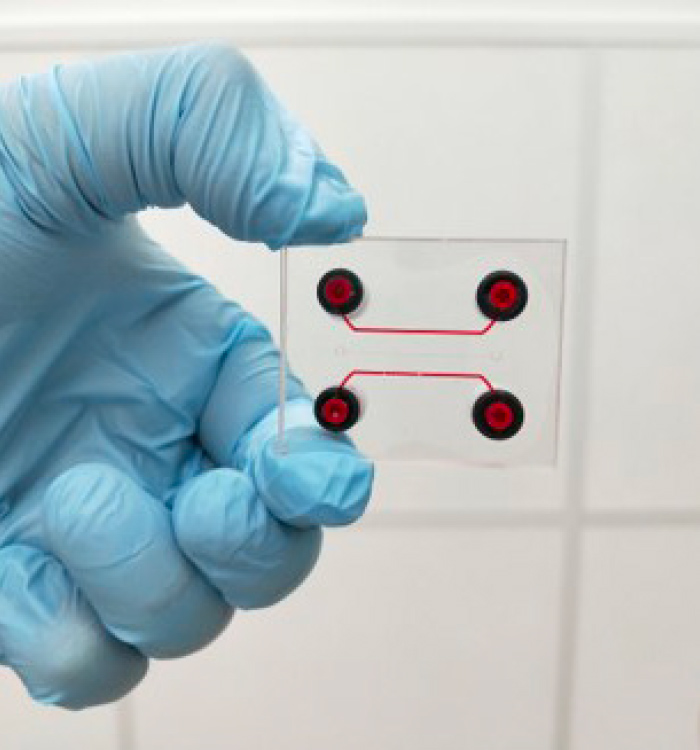Evidence / Results
- a novel on chip technological method (one step protocol) to integrate a hydrogel as diffusive membrane
- a three parallel microchannel device was designed, fabricated and tested
- static and dynamic diffusion of a fluorescent dye was demonstrated without biofilm
- the different distance of the lateral microchannels could be used to deliver drugs of interest with a sequentially and timely controlled d administration
- a biofilm with Staphylococcus aureus, as preliminary test, was formed onto the novel chip and characterized by confocal microscopy
Advantages
Integrated and modular microfluidic system allowing
- engineering of microchannel surface for improved capability in biofilm formation,
- use of reduced quantity of reagents,
- perfusion-diffusion based exchange of the nutrients/drugs at high resolution,
- applicable for antimicrobials/antibiofilms development, and
- applicable for in-depth analysis on persister cells or residual biofilm after drug treatment.
The Adsorb platform associated to bacteria causing biofilm associated diseases has unique advantages for in vitro cell-based assay and antimicrobials development, because of the flexibility and versatile of the method. It allows :
- a high quality of first biofilm layer controlling the stronger adhesion to the surface through molecular-specific interactions (closer to in vivo models).
Potential Applications
More than 80% of human chronic infections are associated with biofilm. Biofilm infections are difficult to treat due to the complexity of the structure and a reduced susceptibility to most antibiotic. Moreover, bacteria living in the biofilm exhibit different physiology than in the planktonic phase. It is necessary to identify novel molecules to fight biofilm infections.
The integrated perfusion-diffusion based culture will generate new protocols for in vitro tests of antimicrobials, and thus pave the way for the development of innovative therapeutic strategies.
Outlook
Based on its existing platform, BIOASTER is interested in partnering with companies willing to benefit of the potential of the technology or to collaborate on the development of the platform itself:
Comparison between the biofilm formed in commercially available platform (ibidi μSlide or Biolfux) and ADSORB chip.
Expand the scope to other target pathogens by culturing other pathogens (i.e. ESKAPE pathogens such as Pseudomonas Aeruginosa) and characterization of the biofilm Create stand-alone units with potential diagnostic or laboratory equipment manufacturers.
Combine the technology with other phenotypic screening technologies develop by partners or existing within BIOASTER.


